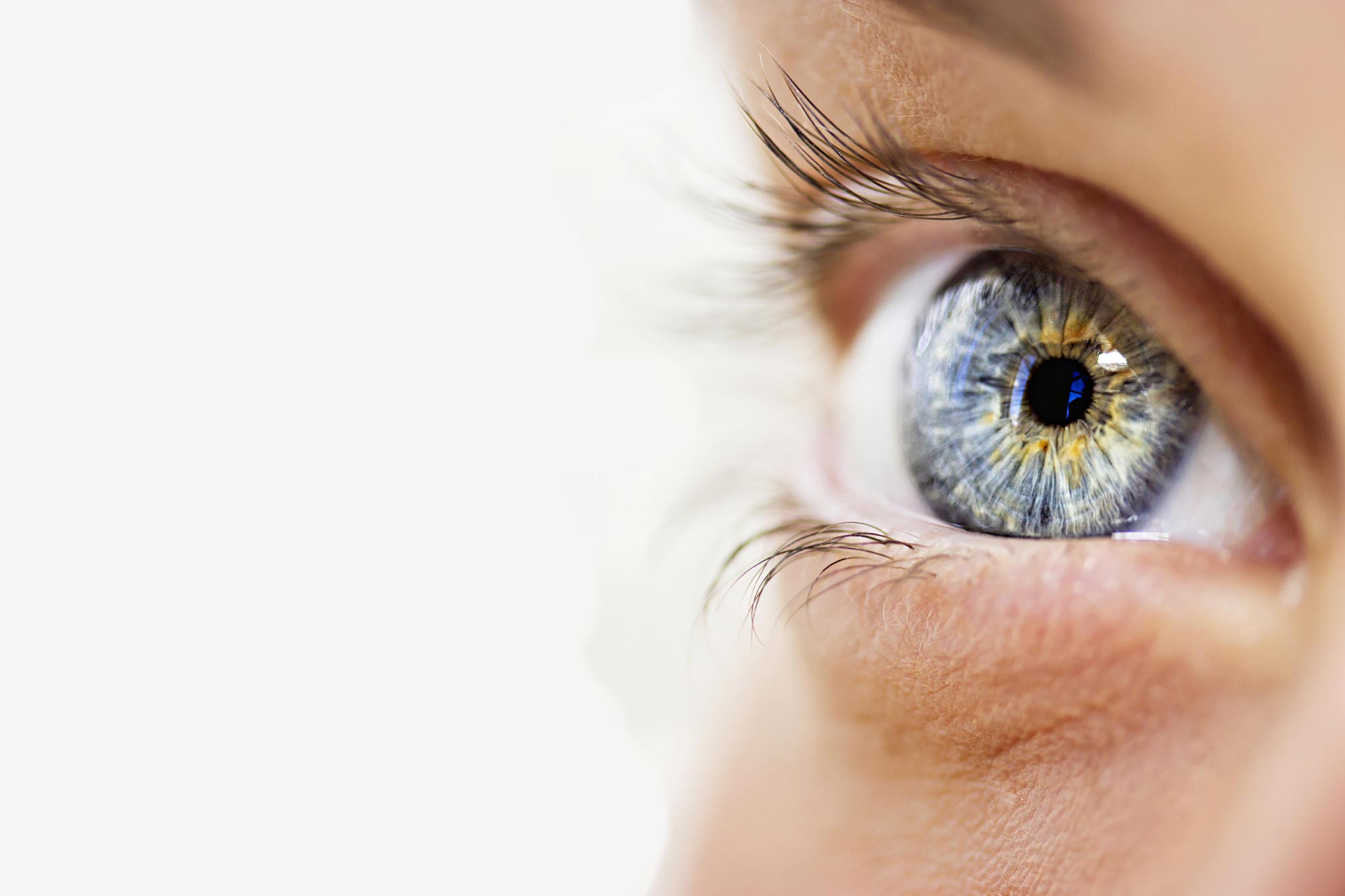Leading Hearing Service Near Me: Your Relied On Clinic for Hearing Health
Leading Hearing Service Near Me: Your Relied On Clinic for Hearing Health
Blog Article
Exploring the State-of-the-Art Technologies Used for Detecting and Dealing With Eye Conditions
In the realm of ophthalmology, the advancement of innovation has significantly boosted the devices offered for diagnosing and dealing with different eye conditions. From innovative imaging innovations that provide detailed understandings into eye structures to robotic-assisted surgical treatments that provide unrivaled accuracy, the landscape of eye care is constantly advancing. With the combination of artificial knowledge in diagnostics, gene treatment developments, and digital truth recovery, the possibilities for boosting individual outcomes are broadening at a rapid speed. The merging of these innovative technologies holds the pledge of revolutionizing the area of ophthalmology, offering brand-new methods for personalized and reliable treatments.

Advanced Imaging Technologies
Advanced Imaging Technologies have changed the field of ophthalmology by giving exact and comprehensive visualization of the eye frameworks. Optical Coherence Tomography (OCT) sticks out as an essential modern technology in this realm. OCT uses light waves to capture high-resolution cross-sectional pictures of the retina, permitting for the identification of minute architectural changes. This non-invasive strategy aids in the early discovery and monitoring of different eye problems such as macular degeneration, diabetic retinopathy, and glaucoma.
Moreover, Fundus Digital photography is another important device in ocular imaging. This strategy involves capturing comprehensive pictures of the rear of the eye, consisting of the retina and optic disc. Fundus Digital photography assists in documenting the progression of eye illness, examining therapy efficiency, and enlightening people about their eye health.

Robotic-Assisted Procedure
Robotic-assisted procedures have substantially progressed the capacities of ocular surgery, ushering in a new era of precision and efficiency in treating various eye conditions. By integrating robotic technology into procedures, ophthalmologists can achieve unrivaled accuracy and control, resulting in improved client outcomes.
One of the primary benefits of robotic-assisted surgical procedure in ophthalmology is the boosted mastery and security it offers to surgeons. The robot arms can execute specific activities with a high level of accuracy, permitting fragile treatments with very little invasiveness. This level of accuracy is specifically helpful in surgical procedures entailing the retina, where also small mistakes can have considerable ramifications for a client's vision.
Furthermore, robotic-assisted medical systems supply real-time imaging and comments to the cosmetic surgeon, allowing them to make enlightened decisions throughout the treatment. This technology boosts the doctor's situational understanding and enables changes to be made immediately, guaranteeing optimum results for the patient.
Artificial Knowledge in Diagnostics
With the development of cutting-edge modern technologies enhancing medical precision in ocular procedures, the assimilation of Artificial Intelligence in diagnostics has actually emerged as a crucial advancement revolutionizing the area of eye treatment. Man-made Knowledge (AI) algorithms are being significantly used to assess complicated information from imaging technologies like optical comprehensibility tomography (OCT) and fundus photography to help in the very early detection and precise medical diagnosis of various eye problems. These AI systems can successfully determine patterns and abnormalities in images that may not be noticeable to the human eye, making it possible for quicker diagnosis and therapy preparation.
AI algorithms can likewise anticipate illness development, advise personalized treatment plans, and evaluate the efficiency of treatments. By enhancing the analysis procedure, AI not just boosts the performance of eye treatment specialists yet also improves patient outcomes by enabling timely interventions. As AI continues to advance, its role in diagnostics is expected to expand, offering brand-new opportunities for very early treatment and individualized therapy in the area of ophthalmology.
Gene Therapy Innovations
In the realm of ocular innovations, current strides in genetics therapy developments have stimulated significant interest amongst scientists and health care professionals alike. Gene treatment holds enormous guarantee in transforming the treatment of numerous eye problems by targeting the underlying hereditary reasons. By introducing hereditary product into cells to compensate for uncommon genetics or to offer an absent genetics, gene treatment uses a customized approach to resolving acquired eye disorders such as retinitis pigmentosa, Leber genetic amaurosis, and others that were previously considered untreatable.

As study in genetics therapy continues to advance, the possibility for customized treatments for a wider series of eye problems grows, providing brand-new wish for clients with genetic eye conditions.
Online Reality Recovery
Online reality rehabilitation has actually emerged as a cutting-edge strategy in improving the recovery and recovery processes for people with different visual problems. glaucoma service near me. By mimicing real-world environments with immersive technology, digital reality supplies a distinct platform for vision treatment and recovery. This cutting-edge approach allows individuals to take part in interactive workouts and tasks designed to enhance aesthetic skill, deepness understanding, eye sychronisation, and general aesthetic functioning
One key advantage of online reality rehabilitation is its ability to tailor therapy programs based on the certain demands and abilities of each person. Via real-time feedback and surveillance, healthcare experts can track progression, adjust interventions, and supply personalized care to maximize end results. Additionally, online fact technology can produce a secure and controlled area for people to exercise visual tasks, conquer obstacles, and construct confidence in a virtual setting before transitioning to real-world situations.
Verdict
To conclude, the advancements in imaging innovations, robotic-assisted surgical treatments, fabricated knowledge diagnostics, genetics therapy innovations, and virtual reality rehab have substantially enhanced the medical diagnosis and treatment of eye conditions. cataract care service. These state-of-the-art technologies have revolutionized the field of ophthalmology, enabling even more exact and reliable procedures. As innovation continues to evolve, the future of eye care looks encouraging with the possibility for a lot more ingenious options to improve patient outcomes
In the world of ophthalmology, the advancement of innovation has significantly enhanced the devices offered for diagnosing and treating numerous eye conditions. Fundus Photography aids in recording the this website progression of eye conditions, reviewing treatment efficacy, and enlightening individuals about their eye health.
Fabricated Intelligence (AI) formulas are being progressively utilized to analyze complicated data from imaging modern technologies like optical coherence tomography (OCT) and fundus photography to help in the early discovery and accurate have a peek at this website medical diagnosis of different eye conditions.In final thought, the developments in imaging modern technologies, robotic-assisted surgical treatments, artificial knowledge diagnostics, gene treatment innovations, and digital reality rehab have substantially improved the medical diagnosis and therapy of eye conditions. As modern technology continues to advance, the future of eye care looks appealing with the potential for even more cutting-edge solutions to enhance patient results.
Report this page